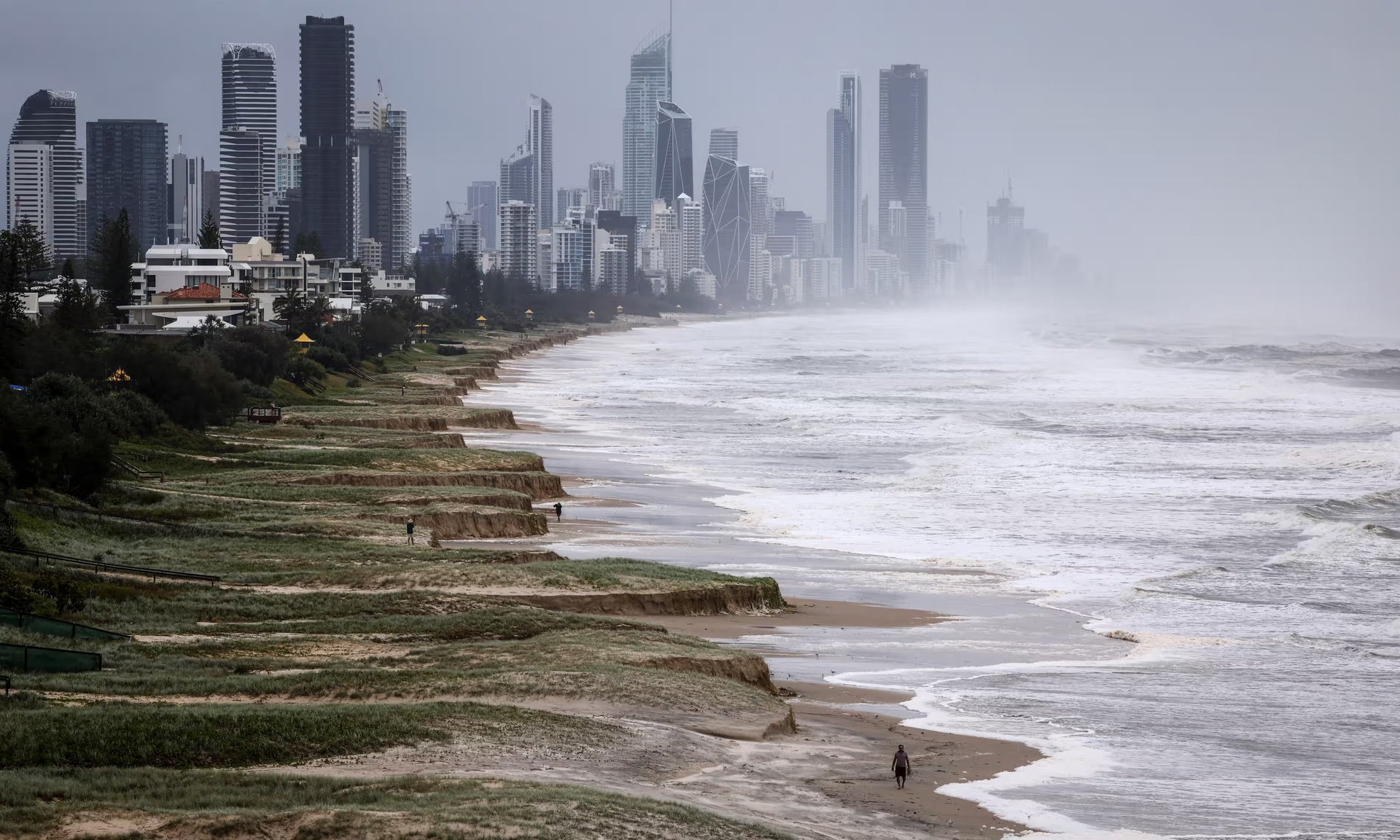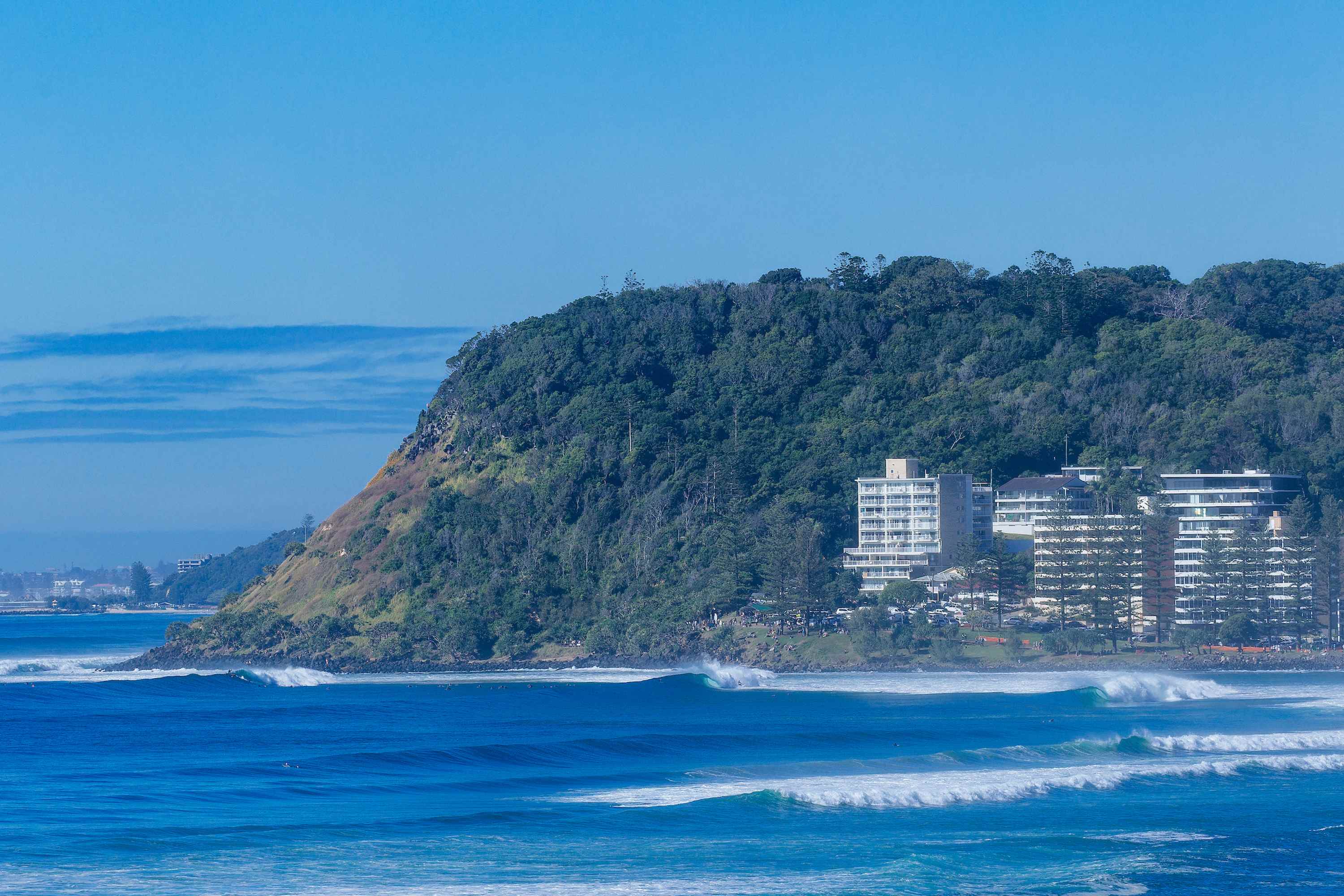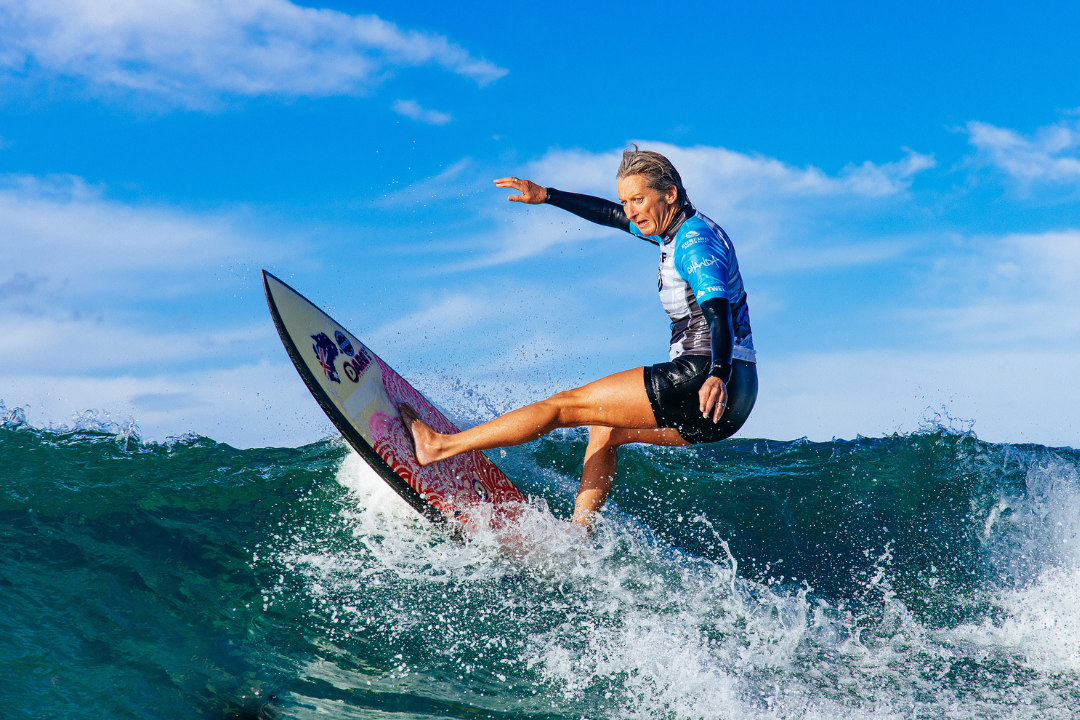Cyclone Alfred Rips Through the Superbank (March 2025)
In early March 2025, Tropical Cyclone Alfred hammered the Gold Coast with huge surf and storm surge. Wave buoys recorded sets up to 12 metres high as the cyclone pummelled the coast . Unfortunately, those monster waves carved out massive amounts of sand from local beaches. The famous Superbank – the continuous sandbar stretching from Snapper Rocks through Greenmount to Kirra – was hit especially hard.
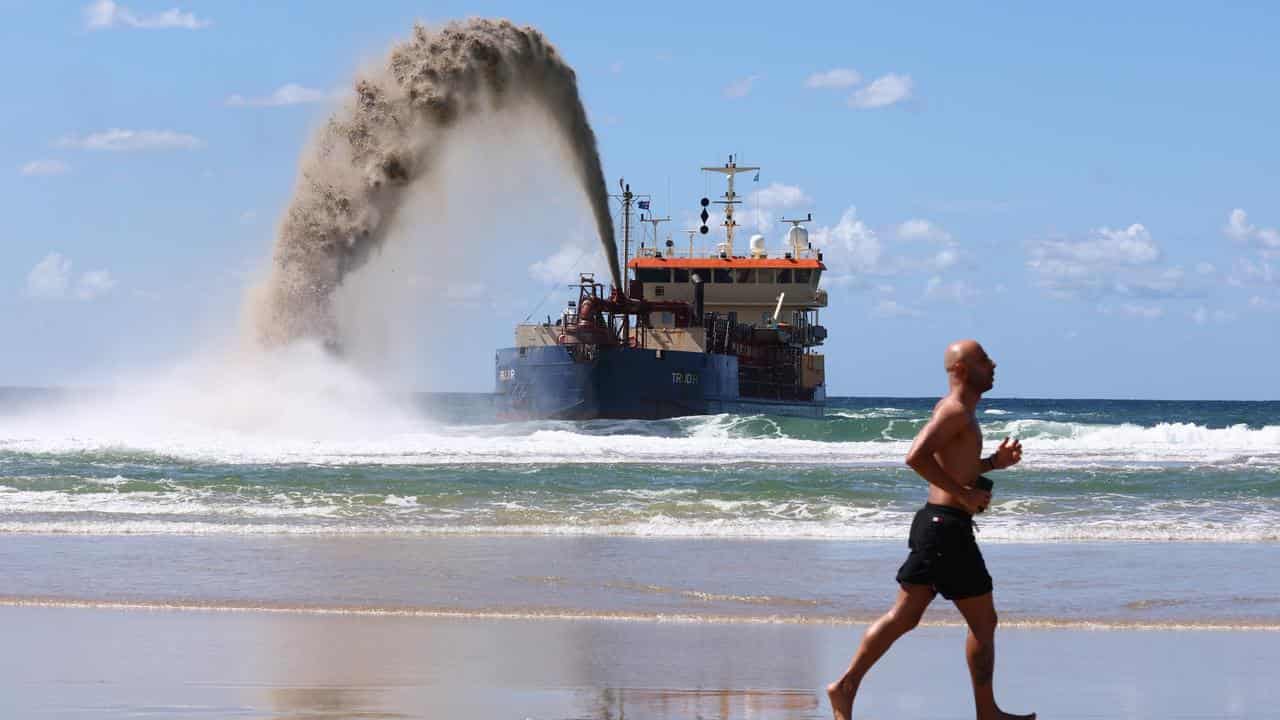
Coolangatta’s shoreline “was stripped of its sand,” ruining the normally flawless waves and even erasing much of the beach itself . After Alfred crossed the coast, surfers were shocked to find a “deep trough where the famed waves typically break,” leaving Snapper’s point and beach virtually sand-free . In short, the cyclone decimated the sandbanks that create the Superbank’s world-class surf, essentially destroying the wave at Snapper Rocks (at least for the time being).
This wasn’t just a minor erosion – it was an unprecedented wipe-out of sand. Gold Coast officials reported that more than 4 million cubic metres of sand was washed away along the city’s coast during Cyclone Alfred . Mayor Tom Tate noted that over 80% of the Gold Coast’s beaches “had gone into the ocean” in the aftermath . At Snapper Rocks, virtually all the sand that normally wraps around the point (creating long, tubing right-handers) was gouged out, exposing rock and deep water. Kirra, further down the line, briefly turned on with the swell (some called it “all-time” Kirra, with 10-foot sandy barrels) – but this came at the cost of stripping sand from the upper Superbank . In the cyclone’s wake, Snapper’s once-golden sandbar was left a shadow of its former self, with locals describing the scene as “the Superbank obliterated”.
A mid-March aerial view of Snapper Rocks shows the damage: deep water where sand should be, and very little beach. The cyclone carved out a “giant hole” in the sandbank that surfers normally rely on
Aftermath: Contest Relocation and “Sandbank Destroyed”
The immediate impact on the surfing community was dramatic. Snapper Rocks is a legendary break – usually the first stop of the Championship Tour – but Cyclone Alfred’s wrath forced a major change. Citing “significant cyclone-related impacts to the Snapper Rocks sandbank and beach,” the World Surf League announced it had no choice but to relocate the 2025 Gold Coast Pro from Snapper to nearby Burleigh Heads . Extensive assessments by surf officials and coastal engineers confirmed what every local already suspected: the Snapper bank was “extremely unlikely to recover in time” for the event window in early May . In other words, the Superbank was out of action for the autumn surf comp season.
This decision was unprecedented – Snapper had hosted world tour events for decades, but 2025 would see a Snapper cancellation due to nature’s fury. The press release described how ex-TC Alfred left a deep trough off Snapper, with no sand to form rideable waves . Normally, the Tweed River sand bypass (a pumping system that continually feeds sand past the river mouth to Snapper) helps banks recover quickly. However, Alfred’s damage was so widespread that even the sand bypass couldn’t fix things fast enough – “widespread erosion along the Tweed Coast” meant limited sand available to replenish Snapper immediately . With the clock ticking, there was simply not enough sand or time to rebuild the surf bank for competition.
Surfers mourned the loss of their beloved break (even if temporary). Local pro and Snapper stalwart Joel Parkinson lamented seeing his home wave unridable, likening the sand loss to “the ocean turning off the tap.” The usually packed lineup was eerily empty through March and April – aside from brave souls who attempted a few mushy reforms on the inside. Greenmount and Coolangatta also suffered; the typical continuous wave from Snapper down to Kirra was broken up by that mid-bank “sand canyon.” Organisers of the tour stop scrambled for Plan B. Ultimately, the WSL’s relocation to Burleigh Heads went ahead in May, with officials expressing disappointment but acknowledging that “Snapper Rocks is one of the most perfect waves in the world” and they’d return as soon as the sand returned . (Indeed, local surf authorities insisted “our famous Superbank… will return better than ever,” with plans already to bring the event back to Snapper in 2026 .)
Rebuilding the Sandbanks: Late May Signs of Recovery
In the two months following the cyclone, nature and humans began to repair the damage. The Gold Coast City Council launched an aggressive beach restoration program, spending around $10 million and deploying a special dredging barge to pump sand back onto critical beaches . Starting in late March, this 75-metre dredge worked 24/7, “rainbowing” sand in a high arc back onto eroded shorelines . Over an eight-week operation, the barge aimed to replace the millions of cubic metres of sand lost – focusing on tourist hotspots like Surfers Paradise, Main Beach and Narrowneck . While most of that effort was up the coast from Snapper, it helped stabilise the overall littoral drift. Importantly for Snapper Rocks, the Tweed Sand Bypass (the “lifeline” of the Superbank’s sand supply) was also cranked up. By late April, the sand pumping system at the Tweed River jetty was back in action, beginning to push sand around the corner into Rainbow Bay and Snapper’s zone. One coastal observer noted they had “seen the bank grow in half a day of pumping” once the pipe was turned on .
Nature played its part as well. Luckily, after Alfred passed, the weather settled into a pattern of easterly swells – exactly what Snapper needed. Steady medium swells from the east gently moved sand back toward Snapper Rocks. By mid to late May, there were clear signs of sandbank recovery. Longtime surf photographer Peter “Joli” Wilson reported on May 21 that “the sand is coming back to Snapper!” After a week of consistent easterly swell, enough sand had shifted from behind the rock at Snapper to fill the giant hole left by Cyclone Alfred . In other words, the deep trough was gradually getting shallower. Where waves had been closing out or not breaking at all, small peelers began to reappear. One local surfer quipped that he even saw someone go left at Snapper (an unusual sight at this right-hand point break) – evidence that the sand was still uneven, but at least waves were breaking again.
Surf reports and cams in late May show the Superbank sparking back to life. A mid-May pulse of swell produced actual barrels at Snapper for the first time in months, albeit shorter rides than usual. Social media lit up with stoked comments about waves “pumping” down the Snapper to Greenmount stretch once more . The crowds certainly noticed – by the end of May, Snapper Rocks had a decent crew of surfers back in the lineup, dodging and dropping in on each other just like old times. “The Superbank is healing (though still not at full power),” as one surf outlet put it . Drone footage from late May confirms that the sand flow is returning: the once-exposed rock pools and deep blue trough off Snapper are progressively filling with sand again, turning a lighter turquoise in the water – a good sign for wave shape. Kirra, which had briefly stolen the show with Cyclone Alfred’s swell, quieted down a bit as its extra sand dispersed. But now the whole Gold Coast sand system is balancing out again. Overall, local surfers and experts are encouraged to see the Superbank’s natural regeneration underway.
Expert Insights: Will the Superbank Fully Recover (and by the Olympics)?
Coastal experts say the destruction at Snapper Rocks, while dramatic, is not permanent. The consensus among coastal geomorphologists is that the sand isn’t “gone” – it’s just been relocated offshore temporarily. “The good news is: the sand isn’t gone forever. Most of it is now sitting on sandbars offshore. Over time, many beaches will naturally replenish,” explains Dr. Javier Leon, a coastal scientist who examined Alfred’s impacts . In other words, nature has a way of healing these surf breaks: gentler waves in the coming months will gradually push that sand back into the bays and points. In fact, the Gold Coast has been through severe erosion events before and bounced back. Because the dunes and nearshore profile were healthy pre-cyclone, much of the sand was stored in sandbars just seaward of the break – ready to be recycled onto the beach by calmer seas .
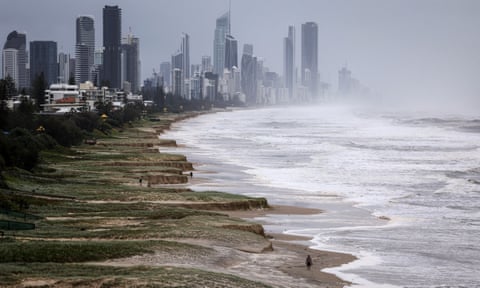
That natural process is being aided by human intervention. Gold Coast officials were confident that, barring another big storm, the beaches could be largely restored within weeks or a few months. Coastal engineer Angus Jenkins noted that the plan to rebuild beaches by Easter 2025 (about 5–6 weeks after Alfred) was very achievable “as long as we don’t get another cyclone”. Indeed, by mid-April the city had already rebuilt many popular swimming beaches for the school holidays . Snapper Rocks’ recovery, being a bit more specialized (it depends on sand moving along the coast), took a few extra weeks, but by late May we’ve seen major improvement. Dr. Annie Lau from UQ explained that without human help, a severely eroded beach might take “a few months to a few years” to fully recover – but she added, “the Gold Coast is already doing sand pumping, so that will speed up the process” . This combination of natural recovery and proactive sand management means the Superbank’s sandbars are on track to come back much faster than they would on their own.
The ingredients that created the Superbank in the first place – consistent sand supply from the Tweed, effective sand-pumping infrastructure, and forgiving wave climate in non-cyclone months – are all still in place. The Tweed Sand Bypass will continue to deliver sand to Snapper “much quicker than other beaches” could recover on their own , ensuring a steady rebuild. Already, we’ve seen that even within one season, the sand is flowing back and quality waves are re-forming. Barring another extreme cyclone event in the near future, there’s every reason to believe Snapper’s sandbanks will fully recover. And even if Mother Nature throws another curveball, the Gold Coast has proven it will invest in restoring its iconic beaches – they did so after Alfred, and they would surely do it again to prepare for the world stage.
Bottom Line: From Wipe-Out to Recovery
Cyclone Alfred dealt the Superbank a heavy blow, temporarily knocking out one of the world’s great waves. The March 2025 swell scoured out the sand at Snapper Rocks and its surrounds, leaving behind a dramatic example of nature’s power. In the immediate aftermath, the famed point was unrecognisable – no sand, no wave, no contest. But by late May 2025, the Superbank’s story is one of resilience. Gradual sand replenishment (helped by both natural swell and human pumping) has begun to rebuild the sandbars. Surfers are already catching rides at Snapper again, and each week the banks look a bit better. Experts assure us the sand will continue to return over coming months, restoring the point to its former glory.

For the surfing world – and especially Aussie surf fans – this is great news. Snapper Rocks has long been a crown jewel of high-performance surfing, and it’s set to shine again. With continued sand management and a bit of patience, the Superbank should be firing on all cylinders well before the 2032 Olympics roll around. In true Gold Coast fashion, the famous points are bouncing back. The tubes will come, the sand will stand, and Snapper will soon resume its role as one of Australia’s most treasured waves.
Sources:
• AAP News – “Plumes of flying sand to save iconic beaches”
• WSL / Gold Coast Bulletin – Snapper Rocks sandbank damage press release
• BeachGrit – Chas Smith, “Snapper Rocks loses surfing grand slam…”
• Red Bull – Gold Coast Pro Burleigh Heads spot check
• Tracks Magazine – Simon Williams, “Gold Coast gouged by Cyclone Alfred”
• The Guardian – Javier Leon, “Most of the sand will return”
• ABC News – Annie Lau, UQ (drone beach erosion analysis)
• The Inertia – Cooper Chapman, “Snapper Rocks Is Back…Drop-Ins”
• Instagram (Snapper Rocks Surf Club/P. Wilson) – “The sand is coming back to Snapper!”
• Instagram (Perfect Wave Travel) – “Snapper pumping…Cyclone Alfred epic Kirra”

